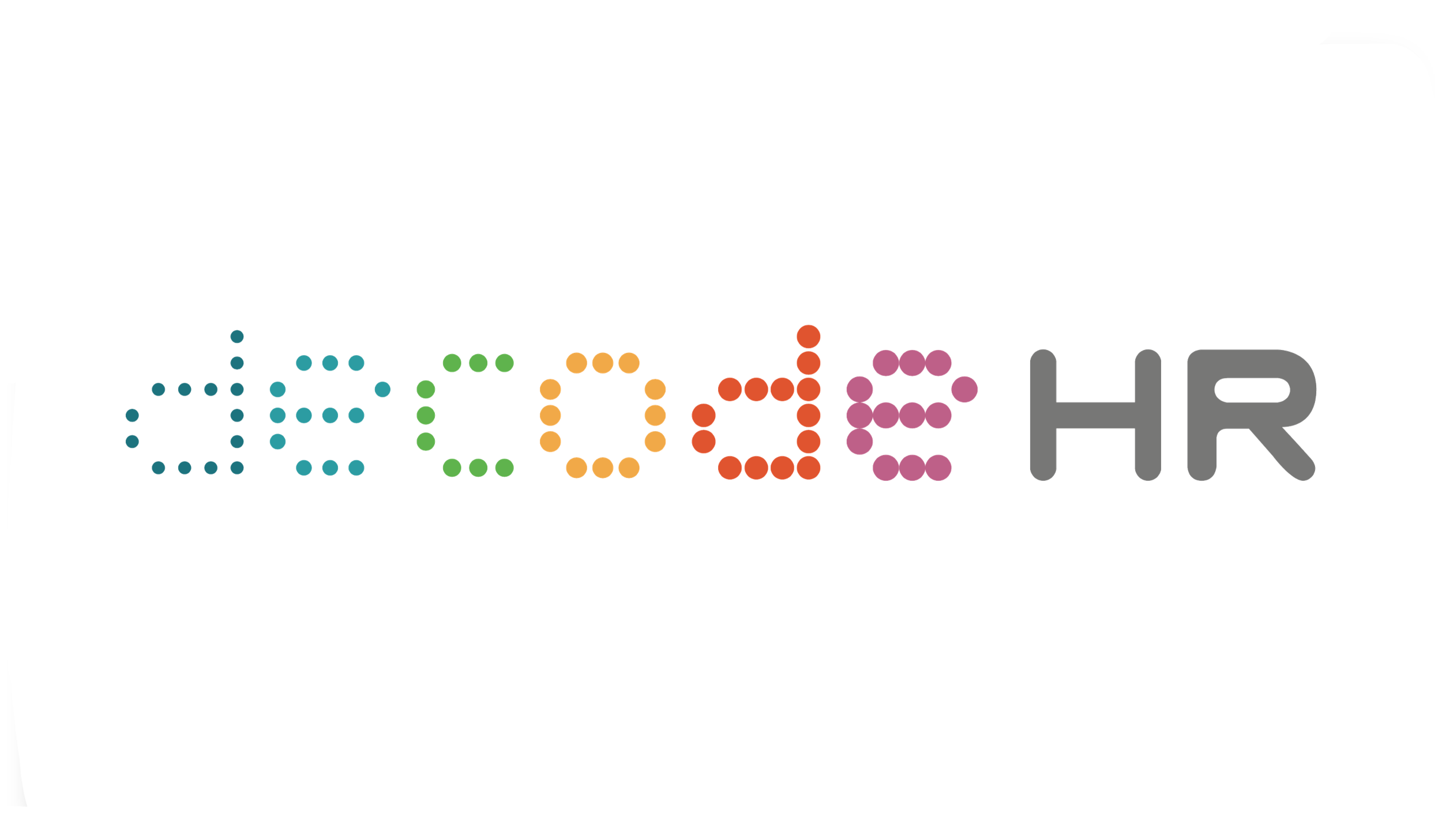Let’s remember the ‘Human’ in Human Resources?
Reading time: 6 mins
Transforming HR from a transactional to a strategic function through Design Thinking
With almost half of the local population thinking about leaving their current jobs within the next year, it is time for us to evaluate how effective we have been in engaging our own employees. After all, if people are spending 50% of their waking time at work, then a department dedicated to ensuring people are happy and productive at work should be taking a prominent place in the organization. The next question would then be: how can your HR team be genuinely human-centric and focus on taking care of real people needs. Or has some become ‘transaction’ processing machines? How can HR get out of this quandary?
If it’s the latter, what is the problem then?
According to Peter Cappelli (2015), Director of Wharton’s Center for Human Resources, HR’s biggest challenge is its inability to support business strategy in a consistent manner, particularly in the area of business transformation. Business strategies are never long-term concrete plans as they are constantly adjusted to meet the ever-changing needs of the business landscape. Similarly, traditional HR strategies must constantly undergo review and mid-course correction. The good news is that we are beginning to see HR getting more strategic and innovative (hurray for these courageous ones!).
How do we make HR more dynamic and impactful?
This is where design thinking can help HR (caveat: design thinking is not the silver bullet that will elevate HR to its rightful status!). Now before you start asking what ‘designing’ has to do with HR, we must first understand what it really means.
Design thinking is a mindset, a way of thinking and innovating that is grounded in the idea of meeting human needs – exactly what HR is supposed to do. It is also built on the concept of rolling ideas out quickly to learn whether it has been effective in meeting people’s needs. It is thus highly applicable simply because a strategic HR function ensures that people are correctly engaged to drive business goals. This means that there is a need to understand what people need and want out of HR for it to be an effective strategic partner. To that end, it can be summarised into an easily implementable and actionable 5-step process:
Empathising with the users: Finding out what users, aka your employees, really need and want out of HR and the people strategy
Defining Based on your findings, what should be on the people agenda?
Ideating Think of as many ideas, no matter how crazy and impractical it may seem, that would help you achieve the agenda.
Prototyping Create a tangible form of your idea that people can see, experience and interact with. DO NOT invest time and effort into making a perfect prototype of your strategy i.e. incorporating all your plans. Instead, test out mini portions at a time to see if this certain initiative or that other process would help create a better employee experience.
Testing Go on the ground and test your prototypes with your stakeholders, especially the actual employees who would benefit from it. By testing out segments of your agenda, it allows you to piece together the best ideas into an optimal whole.
The key to this mindset is an openness to experimentation and viewing ‘failures’ as learning points on how to make an existing idea even better. Remember, the only constant is change. To ensure your HR department doesn’t stagnate and grow obsolete, it is time to challenge the status quo and get agile with design thinking!
Look out for the next post in this Design Thinking series, where we will take you through how design thinking can be applied to creating an optimal benefits package for your organisation.
DecodeHR will be running a series of leadership development workshops that focus on transformational leadership and design thinking. Please get in touch if you would like to receive an invitation to these workshops.
WHAT TO READ NEXT:
COPYRIGHT © 2020 DECODE HR PTE LTD. ALL RIGHTS RESERVED






